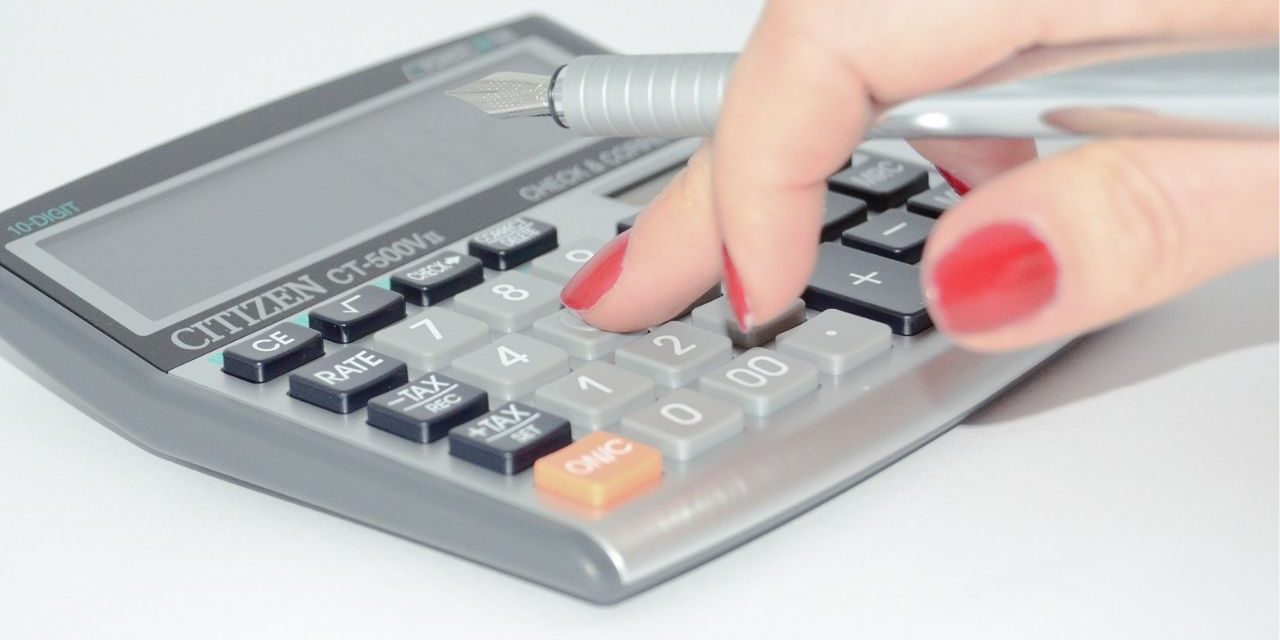We’ve covered off different factors that affect the lease price, such as net cap cost, depreciation, residual value and more. See the article Understand – Learning How Leasing Works to get a better idea of how these factors affect the lease price.
When you understand leasing, it’s fairly easy to determine how a monthly payment is calculated.
Why Should You Know?
- If a dealer calculates the payment based on the MSRP vs the discounted price you negotiated, how will you know?
- If there are hidden fees or charges, how will you know?
- If the dealer mistakenly doesn’t account for a down payment or rebates, how will you know?
- If there’s a bump in the interest rate, how will you know?
These are just a few examples. While we’d like to believe that all dealers will look out for their customers but they are in the business to make money. So it’s in your best interest to be educated.
You can ask the finance manager you deal with to give you the numbers they are working with to ensure that nothing has been overlooked.
How Are Payments Determined?
Lease payments are made up of 3 different parts.
- Depreciation fee
- Finance fee
- Sales tax
You take each of those numbers and then add them together and you have your monthly lease payment.
Depreciation Fee
We’ve discussed the idea of depreciation. It’s the loss of value the vehicle will see over the length of your lease term taking mileage allowance into account.
The depreciation fee is calculated as follows:
DEPRECIATION FEE = (NET CAP COST – RESIDUAL) ÷ TERM
Net cap cost is the final selling price you negotiate with your dealer. The net cap cost will include any additional dealer fees and prior loan balances (negative equity) minus cap cost reductions such as a down payment, rebates or a trade in.
Residual is the lease end resale or residual value provided by your dealer.
Term is the length of your lease.
A great lease for you means you have the lowest possible Net Cap Cost, highest possible residual and lowest money factor.
Finance Fee
This fee is the interest that you will pay the leasing company for borrowing their money.
The finance fee is calculated as follows:
FINANCE FEE = (NET CAP COST + RESIDUAL) x MONEY FACTOR
This calculation isn’t doubling any fee. It’s a simple way to calculate the amount financed without using complicated formulas. The calculation above is the one used by all lease companies and dealers.
Remember, you’re paying a finance fee on both the residual value and depreciated value of the vehicle. You’re borrowing money from a leasing company so they expect some kind of ROI (return on investment).
It’s important to note that the total you’ll pay for the finance fee will depend on your credit score. The better your credit score, the more favorable this number will be for you.
Interest Rate
You may not see an actual interest rate on your lease contract. You’ll typically only have a “Lease Charge” or “Rent Charge” which is the sum of all your monthly finance fees over the term of your lease.
If it’s not specifically stated, here is how to determine your interest rate.
INTEREST RATE = MONEY FACTOR x 2400
Monthly Finance Fee
MONTHLY FINANCE FEE = LEASE CHARGE ÷ TERM
Money Factor
MONEY FACTOR = LEASE CHARGE ÷ ((NET CAP COST + RESIDUAL) X TERM)
Your Monthly Payment
Once we have the numbers above it’s very straight forward to work out your monthly payment.
MONTHLY PAYMENT = DEPRECIATION FEE + FINANCE FEE
Summary
Figuring out the numbers that are part of a lease isn’t hard to do. You’ll be able to perform all these calculations using a cell phone calculator fairly easily.







